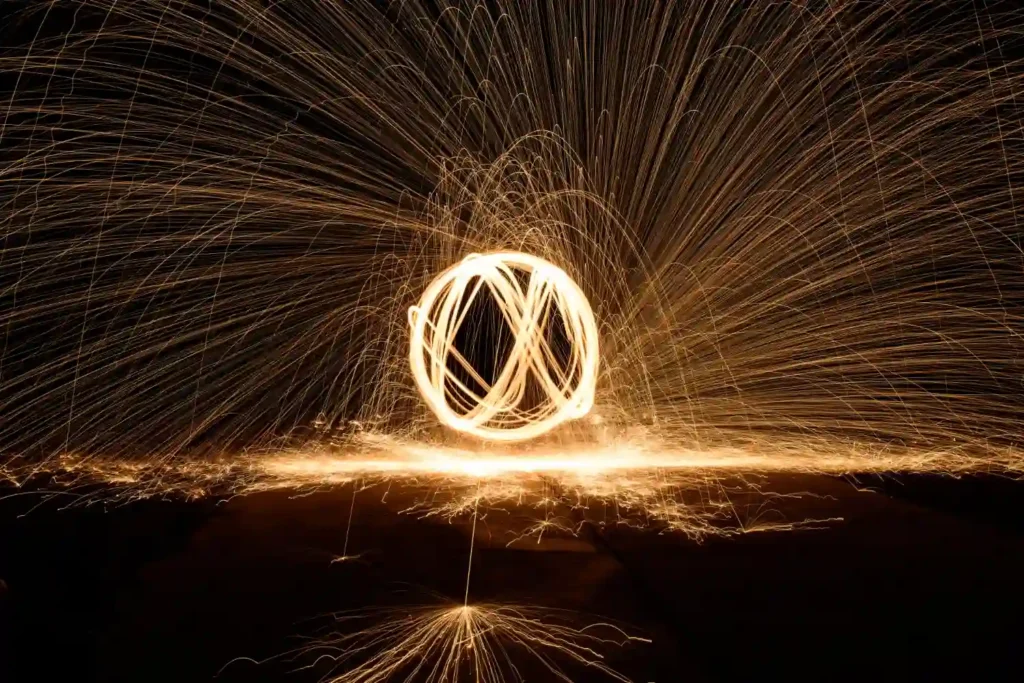The systems design and energy technology company recently launched its prototype Faraday Exchanger at a live demonstration at Scotland’s National Museum in Edinburgh. More than 100 energy sector specialists, academics and investors from around the world attended the launch to witness the Exchanger in action.
The central element of the event was a live, visual demonstration of the Faraday Exchanger technology.
According to the company, the existing electricity networks can sustainably support only around 30% penetration from renewable energy sources (e.g. wind and solar power) without significant additional cost. This is because renewable energy is both volatile and intermittent – the Exchanger’s technology smooths out this volatility by regulating electricity voltage, power factor and frequency within a single device that integrates into existing electricity networks. This enables much more renewable energy to be integrated onto the electricity grid at no additional cost.
High fidelity modelling shows that the Faraday Grid through its Exchanger technology can double the economic carrying capacity for renewables, which equates to a potential additional 107 Terawatt Hours (TWh) of renewable generation in the UK.
Andrew Scobie (pictured), executive chairman of Faraday Grid Limited, said: “Our launch in Edinburgh would not be possible were it not for pioneers such as Hume, Smith and Maxwell. With the launch of the Faraday Exchanger, we are unashamedly seeking to change the course of history enabling society to integrate and access much more clean and affordable renewable energy than ever before. Widespread adoption of the Exchanger could generate a saving of more than £30 on the average UK household electricity bill as well as make significant annual carbon savings in the many millions of tonnes. The ultimate benefit of this technology is that it serves and delivers on the most pressing economic and environmental needs of our society.”
Paul Ezekiel, non-executive director of Faraday Grid and executive chairman of Amp, added: “Amp invested in Faraday Grid because we can see how the technology can fundamentally change the dispatch stack for renewable energy assets in markets where there is high penetration of intermittent renewables. The Faraday Grid enables a significant increase in the integration of renewables into the energy mix so that renewables can be the cornerstone of our ability to deliver flexible clean energy solutions to our grid and industrial customers. In partnership we will deliver the Faraday Grid to communities worldwide.”
The Faraday Grid itself represents a wider network of ‘smart’ Exchangers that fit seamlessly into the existing electricity system. Each Exchanger solves the problem of variations in power supply typical of renewable generation sources while simultaneously ensuring continuity of energy supply through dynamic balancing of power flows. Importantly, each Exchanger operates independently of any central control network.

